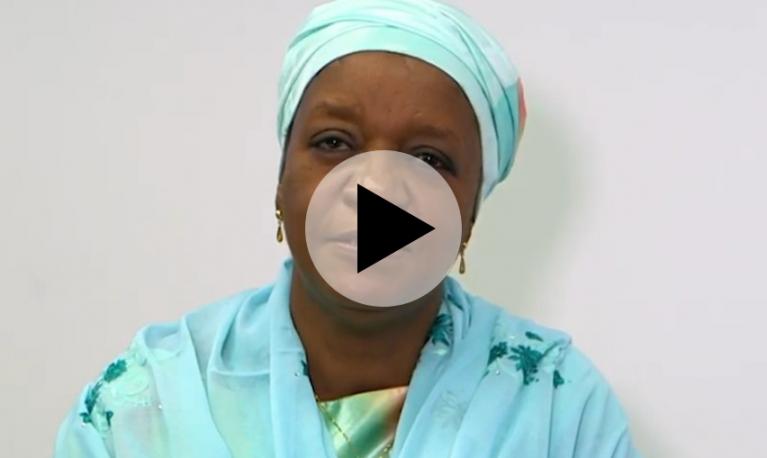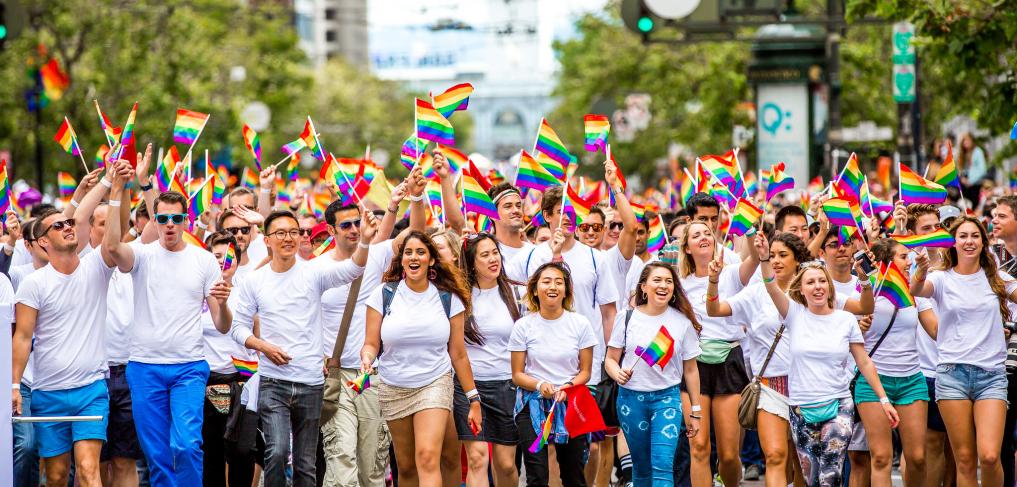
- Interview
- 16 September 2020
The intersectionality of gender norms: In conversation with TrueChild's Riki Wilchins
- Author: Riki Wilchins
- Published by: ALIGN
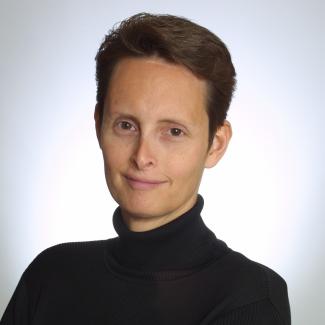 About Riki Wilchins
About Riki Wilchins
Riki Wilchins is Executive Director of TrueChild, a network of researchers and experts that improves life outcomes for at-risk youth through race- and gender- responsive approaches. Riki has been profiled in The New York Times; TIME selected her one of "100 Civic Innovators for the 21st Century." The author of six books on gender theory and politics, Riki’s newest book for funders and nonprofits is titled, Gender Norms & Intersectionality: Connecting Race, Class and Gender.
ALIGN: What are the key messages of your latest book Gender Norms & Intersectionality: Connecting Race, Class and Gender and who do you want to take notice?
RW: Decades of studies have found that addressing rigid gender norms are an overlooked key to improving outcomes across a broad scope of social issues from health, education, and domestic violence to economic empowerment, criminal justice reform, and climate justice. Because, as institutional donors like the World Bank, USAID, and the Gates Foundation have noted, social attitudes, beliefs, and practices are tremendously hard to go against and thus exert an enormous influence on behaviour. This is especially true for adolescents, who tend to lack both agency and privacy, and who are generally highly motivated to fit in with and be accepted by their peers.
"Addressing rigid gender norms are an overlooked key to improving outcomes across a broad scope of social issues"
It can also be especially important in highly patriarchal cultures, where gender norms tend to be especially rigid, pressures to conform are strong, and penalties for transgression particularly harsh. Yet often funders, non-government organisations (NGOs), non-profits and government agencies design programmes, policies, and funding priorities that fail to specifically address harmful gender norms. Partly this is due to the fact much of the discourse around norms circulates endlessly in academic silos, without ever emerging to impact real world priorities or policies, particularly in the USA.
Gender Norms & Intersectionality was an attempt to translate thirty years of research on issues like health, education, and economic empowerment and make it accessible to funders, policy-makers, NGOs, community activists, and non-profits who can really use it.
ALIGN: How do race and class intersect with gender norms and how does that intersection of experience and identities inform exclusion and harm?
RW: Gender norms never impact behaviour in isolation; they’re always interacting with other factors like race, sex, class, ethnicity, sexual orientation/gender identity, disability, immigration status, and so forth. For instance, in the USA, we have many organisations working on improving health outcomes among young black women and girls. While almost all of them bring a strong racial consciousness to their work, few, if any, address gender norms.
But young black women and girls face health barriers related to sex, race, and gender norms. And — if they live in low-income communities—their socio-economic status as well. They must navigate racial hostility, sexism, and pressures to conform to both the feminine ideals of the dominant white culture and those specific to black communities. And they must cope with the inequities inherent in a gender system that pushes males to be strong, tough, independent, and dominant, and females to be dependent, deferential, and sexually desirable. Over time, the additive impact of these stresses can cause a “weathering effect,” in which black girls’ bodies become physically and biologically vulnerable.
Examples like this illustrate that anytime we address a complex social problem with simplified models that are not intersectional, we miss key factors that could make solutions really effective.
ALIGN: Can gender equality (between all genders including nonconforming) be achieved without attention to intersectionality (race, class, etc.) and why?
RW: As the recent Gates Foundation-funded series in The Lancet notes, inequality around the globe continues to be structured by factors like race, sex, class, and normative gender beliefs and practices. Yet too often we settle for simple approaches that address each of these in isolation while missing the larger picture. Other times, we use identity-based frames to understand inequality that miss those who live at the margins of identity as well as those whose identities overlap our categories. We can never achieve gender equity (among all genders — including those of us who are nonbinary or genderqueer) until we look at the complex, overlapping web of inequalities that structure the real, lived experience of most of the world’s people.
ALIGN: What do you see as the difference between action on gender norms in HICs and LMICs?
RW: This is a question I ask myself every day, since gender norms is an issue where international funders, agencies, and NGOs working in LMICs seem far ahead of their industrialised counterparts, particularly those working with young women (and LGBTQI+ individuals) in the Global South. Without trying to downplay the achievements of feminism in HICs, I feel that western white-centric feminist movements in these countries have often sought more to even the distribution of power and privilege than to a) challenge rigid gender regimes or b) challenge gender conformity. I think if you look at where the discourse on challenging rigid or harmful gender norms is coming, much of this is from groups and NGOs working in LMICs.
It sometimes seems like policies, programmes, and funding priorities for young people, at least in the USA, focus a lot on just “giving them the facts”. As if young people are discrete, empowered units reaching rational decisions and we need not be concerned with the social beliefs, attitudes, and practices around womanhood and manhood in which they are embedded.
"Adolescents tend to be highly impressionable, swayed by group opinion and conformity pressures"
I call this the Empowerment Model and by and large, I don’t think it’s often particularly effective. Because, adolescents tend to be highly impressionable, swayed by group opinion and conformity pressures. They are likely to be enmeshed in complex social networks of relationships and gendered expectations. This can be particularly true in low-income communities within those societies, where social capital and connectedness can be crucial for survival. Few of them will reach decisions about important things like health, education, or intimate relationships based on facts alone, and few will be prepared to ignore what family, friends, religion, and culture say about what is expected of them as young men and women; and almost none will possess the unfettered agency necessary to put important decisions into effect alone.
In other words, few youth possess anything like the unfettered agency and social independence of the adults who often are designing programmes for them.
ALIGN: Gender and other social norms are often ‘invisible’ – in your experience how can you make the invisible visible?
RW: One reason many people have difficulty grasping or thinking about gender norms is that personal characteristics like race, sex, or disability are what I call “perceptual givens”—they are things you can often (though not always) see, they are properties of individual human beings. But norms aren’t like that – they are the result of shared, communal interaction. They are ideas, not characteristics, and they are composed of shared beliefs, practices, and attitudes. So gender norms have this “squishy” quality that can be very confusing.
Moreover, western ideas of power, particularly on the progressive left, are rooted in ideas of resistance to centralised abuses of power. So, when a law is passed that suppresses black voting, a corporation supports the termination of gay or transgender workers, or a Hispanic person is beaten by a rogue police officer, we know how to respond. This is power that is concrete, visible, centralised, and institutional. We have decades of progressive theory and practice to help us confront this kind of power.
"Norms are more like invisible "guard rails" that shape and narrow people's thinking"
But gender norms don’t operate like this either. Norms are more like invisible "guard rails" that shape and narrow people's thinking, behaviours, and opportunities. So norms often show up as a kind of negative power, as absence rather than presence: doors that just didn’t open, choices that couldn’t be made, opportunities that just seemed out of reach.
For people who want to “see” the power of norms, I often suggest the following silly experiment: next time you’re standing in a crowded elevator, try loudly announcing each floor as the elevator passes it. There's no reason not to do so and it’s completely harmless, but for most people it’s tough to do because it’s simply not normal behaviour. Fellow passengers will stare at you, others will avert their gazes to avoid making eye contact with you, while others will simply start edging away from you. You’ll feel anxious and very self-conscious and maybe break out in a sweat. This the power of social norms: they may be invisible, but we’re constantly navigating them in every social situation and they’re very hard to transgress.
One final example, with which I’m personally more familiar as a transgender woman usually perceived as a man, is to go out in public dressed in clothing opposite to the gender you are perceived to be. In most Western societies for a woman this would mean a suit, tie, and flat shoes and for a man a skirt, blouse, and high heeled shoes. This is extremely difficult to do, and few people can probably imagine doing it. As I can personally attest, it will not only elicit people staring, averting their gaze, or edging away from you, but also pointing, laughing, public ridicule, and the odd verbal (or even physical) assault. Again, this is the profound power of social gender norms at work, always structuring and shaping action, options, and outcomes.
ALIGN: What learning about gender norms and intersectionality may be drawn from the current experience of either Covid-19 or the Black Lives Matter movement?
RW: A raft of studies have now documented in detail the serious results when the hyper-masculine culture of policing demands that officers dominate every interaction with civilians. As Frank Cooper documents in ’Who’s the Man?’ Masculinities Studies, Terry Stops, and Police Training, officers who feel challenged or “shown up” by civilians tend to respond by engaging, escalating encounters, and introducing increasing amounts of violence until civilians perceived as challenging their manhood are completely subdued. Any officer who fails to do this risks being ostracised as weak and ineffective cowards by peers. In the case of minority males, these masculinity contests serve a dual function of also boosting racial, as well as masculine, esteem. In any case, since police in the USA, are heavily armed, in contests with civilians to establish where officers feel they must establish that they are ‘The Man’ and in complete control often end with men and women of colour gravely wounded or killed.
Chuck Wexler, the executive director of the Police Executive Research Forum, has done thought-leading work in this regard. However, unfortunately, despite the research, few departments have implemented specific training that addresses hyper-masculinity in police culture and so far as I’m aware, it is not a specific part of the BLM movement.
ALIGN: What do you think is the role of representation and leadership in addressing intersecting inequalities? How might we make our work on diversifying representation and leadership more intersectional?
RW: Gender norms present a problem for many organisations invested in diversity, equity and inclusion (DEI). These efforts, which are vital, usually involve being more inclusive of different identities, especially marginalised minorities, such as people of colour, gay or trans people, people with disabilities, the undocumented, etc. But gender norms—while crucial to equity—are universalist in nature, and thus don’t map to identitarian categories.
"Rigid gender norms certainly disproportionately impact those who are gender nonconforming and/or LGBTQI+"
For instance, rigid gender norms certainly disproportionately impact those who are gender nonconforming and/or LGBTQI+. But they also affect (if in very different ways) the other 90% of individuals who pretty much do conform to social expectations for masculinity or femininity. This also means gender norms have no natural constituency pushing for them to be addressed, which has contributed directly to their being under- or un-addressed by funders, NGOs, policymakers and non-profits who are used to thinking in terms of specific oppressed minorities.
This Q&A is part of an interview series by the Overseas Development Institute, and its Advancing Learning and Innovation on Gender Norms (ALIGN) project, to profile and amplify the voices of feminist and gender-sensitive leaders and influences. The series aims to inform actors working on gender equality and sustainable norm change on how to support women in decision-making and to promote learning on intersectional approaches to gender equality.
This views in this interview are those of the interviewee and do not necessarily reflect the views of ALIGN, ODI and our funders.
- Tags:
- Intersectionality
- Countries / Regions:
- Global, United States of America
Related resources
Interview
7 July 2020
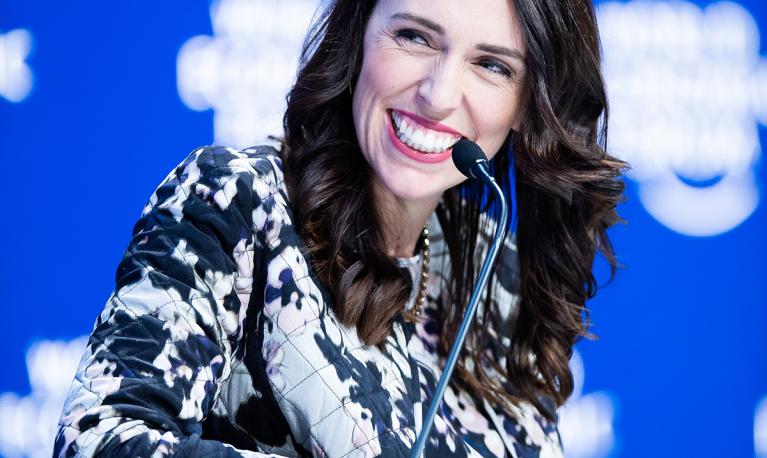
Interview
16 September 2020
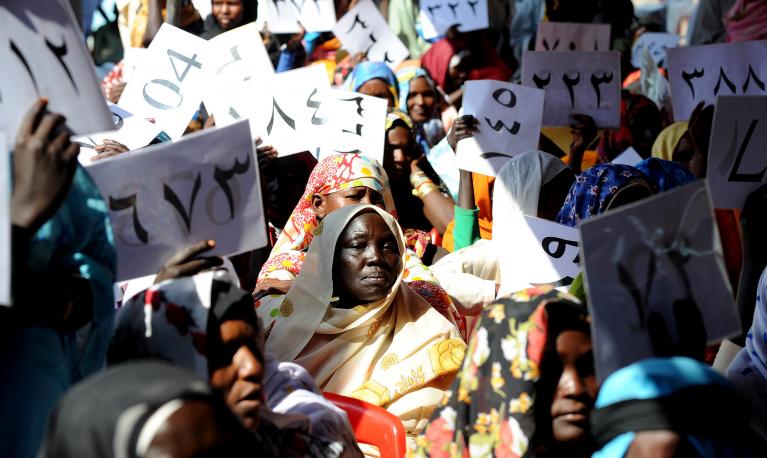
Video/podcast
18 November 2019
